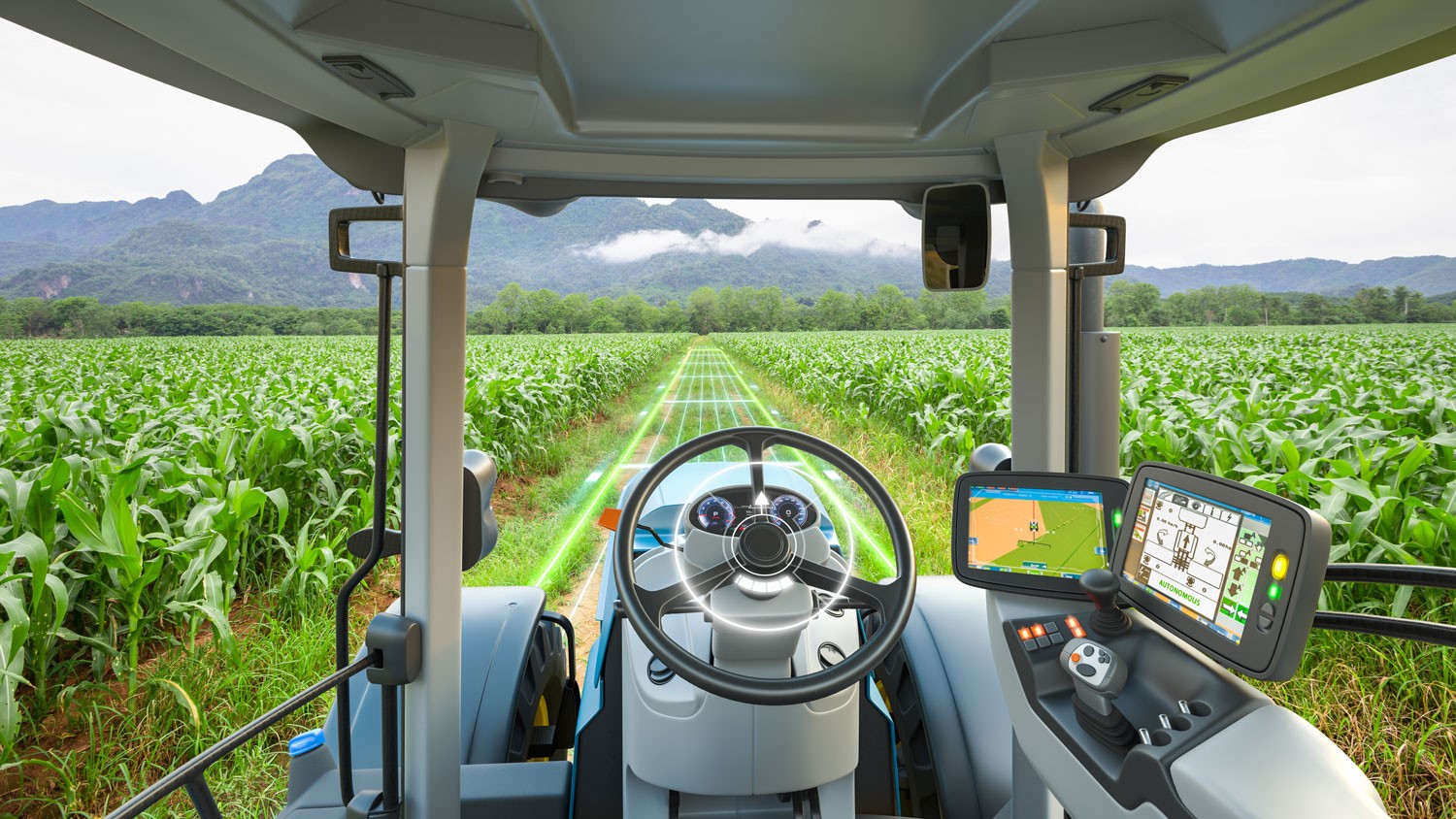Smarter Machines for a Changing World: The Role of Autonomous Farming

As the global population grows and the demand for food increases, farmers face mounting challenges.
Labor shortages, especially during harvest season, create significant bottlenecks, as this short but intense period requires a large number of skilled operators to work quickly and efficiently.
Unpredictable weather patterns, and the impact of climate change make it harder to produce food efficiently. To meet these demands, farming needs smarter machines that can work tirelessly in conditions where humans cannot. Autonomous farming technology is paving the way for a new era of productivity, ensuring agriculture can keep up with the world’s needs.
Modern farming is more complex than ever. Fields often need to be worked in dusty, low-visibility conditions, during long hours, or in harsh climates where human operators struggle to perform. The biggest challenge occurs during harvest, when delays due to labor shortages can result in significant crop losses and reduced food quality. This is where autonomous machines step in, equipped with advanced guidance systems to navigate fields with precision and efficiency. By operating continuously and unaffected by fatigue, these machines dramatically increase productivity and ensure consistent results, even under tough conditions.
One of the key enablers of this productivity boost is stereo vision technology, which provides autonomous equipment with detailed 3D maps of the environment. Unlike lidar or radar, which can struggle in dusty conditions and vibrations, stereo vision systems are built to perform reliably in moderate dust and constant motion. NODAR’s 3D stereo vision solutions, for example, allow tractors and other machinery to detect obstacles, follow precise paths, and perform automated tasks with exceptional accuracy—all while operating 2/47 and enduring the vibrations, weather and dust common on farms.
By handling challenges like dust, low light, and vibrations, autonomous systems can work in conditions where humans would find it difficult or even impossible to drive.
During peak harvest season, when every second counts, this ability to function continuously without breaks ensures that farmers can harvest their crops at the optimal time, maximizing yield and efficiency. This capability ensures that planting, harvesting, and other essential tasks can continue uninterrupted, maximizing productivity during critical times of the year.
Autonomous systems also bring advanced features like route planning, spout alignment and row following, which allow machinery to operate autonomously efficiently and with minimal waste. These systems reduce overlapping or missed areas in the field, saving resources like fuel, seeds, and fertilizers. Tasks that traditionally require multiple operators, such as coordinating a harvester with its trailer, can now be performed seamlessly with fewer people, further improving efficiency.
As climate change adds new layers of unpredictability to farming, the ability to adapt and maintain productivity has never been more important. Machines equipped with advanced technology can operate in extreme weather, through fog, and across uneven terrain, ensuring farmers can make the most of their time and resources.
With the agricultural robots market expected to grow to $40.1 billion by 2028, the need for smarter machines is clear. Automation isn’t just about replacing human labor; it is about ensuring that food production remains stable even as the agricultural workforce declines. By reducing reliance on seasonal labor and allowing farms to operate efficiently regardless of workforce availability, autonomous farming technology is key to meeting future food demands.
NODAR’s technology is leading the charge, offering reliable, high-performance solutions that help farmers overcome today’s challenges and prepare for the future. By embracing autonomous systems, the agricultural industry can unlock new levels of productivity and resilience, ensuring a sustainable food supply for generations to come.
